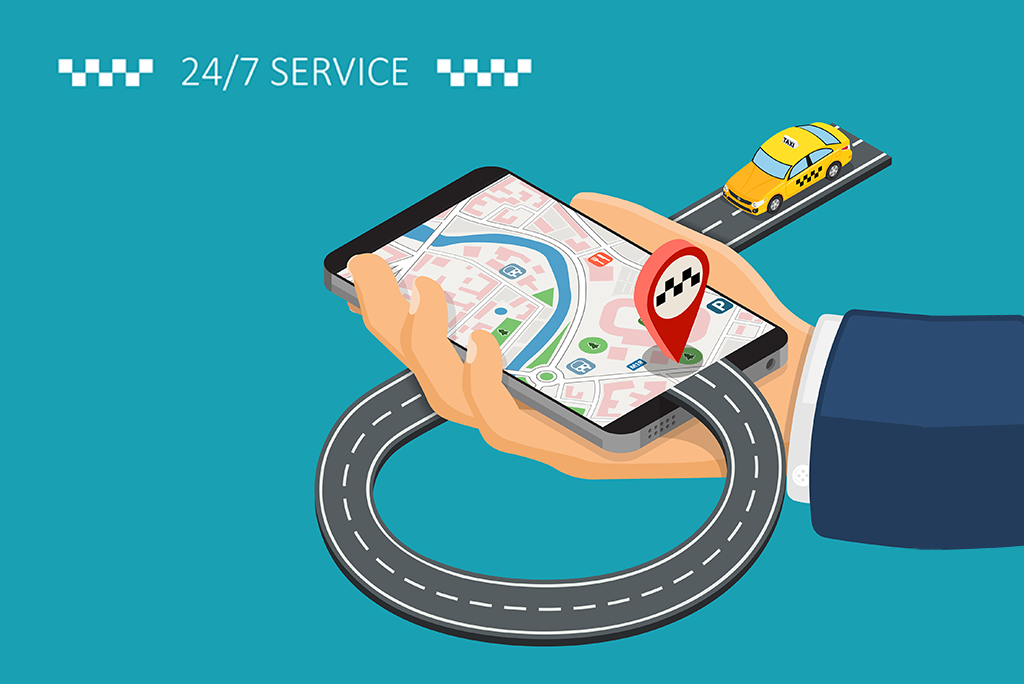
Mobility-as-a-service (MaaS) gives consumers the option of how they would like to travel to and from their desired destinations. A 2018 study conducted by Accenture predicts that profits from traditional car making and sales will shrink by €4 billion while estimating profits from mobility services could reach as high as €220 billion by 2030.
What does MaaS involve? Transportation options such as cars, buses, and bikes are available to consumers on demand. MaaS has the opportunity to transform the transportation industry, especially in heavily populated areas. It combines transportation options from various providers, thereby controlling everything from travel planning to payments.
Autonomous Vehicles and MaaS
Autonomous vehicle technology is helping accelerate the growth of MaaS. As more people move away from owning vehicles, a variety of reliable transportation options will be needed for everyday use. Because they lack a driver, autonomous networks could provide consumers with a cheaper transportation option than traditional taxis and car-sharing services.
MaaS allows for the integration of transport modes, which lets passengers easily get to their final destinations with ease. Current public transportation systems are not always able to get passengers from their starting point to their final location. Autonomous vehicles may help.
Real-Life Use Cases
Keolis, a UK-based transportation company, has been working on creating a global network of autonomous shuttles that address the difficulty of last-mile connections in public transport. This past November, Keolis Lyon partnered with the Greater Lyon public transport authority SYTRAL and Navya, to release two autonomous shuttles. Connected with the existing public transport network, the shuttles provide a connection between Décines Grand Large station. For the first time in France, the vehicles operate alongside cars on public roadways, interacting with road signals.
In Newcastle, Australia, Keolis Downer is getting ready to launch its own autonomous shuttles for a city with 360,000 residents. The shuttle is capable of driving among other vehicles in road traffic, and it is connected to the city’s network of buses, trams, river shuttles, and other on-demand services.
Japan is taking MaaS one step further with flying taxis. Kamome Hiroba, a small park and ferry terminal, connects Toba to Toshijima, an island on Ise Bay with a population of about 2,000. It currently takes nearly 25 minutes to get to the island from the port. This time frame can be drastically reduced with the use of autonomous flying vehicles in the next coming years.
Aeronext, a startup founded in 2017 by Yoichi Suzuki, has a Flying Gondola concept for a single passenger drone. Similar to Ferris wheel cabins, the drone stays level with the ground to maximize passenger safety and provide peace of mind.
The Growth of Autonomous Technology
Prepare your organization for the latest developments in autonomous vehicle technology with training in foundational and practical applications of autonomous, connected, and intelligent vehicle technologies. Developed by leading experts in the field, the IEEE Guide to Autonomous Vehicle Technology is a seven-course training program offered online.
Connect with an IEEE Content Specialist today to learn more about purchasing the program for your organization.
Interested in purchasing the program just for yourself? View it on the IEEE Learning Network, a new learning management platform!
Resources
(11 December 2019). Japan Aims For An Air Mobility Revolution With Flying Taxis And Mobility As A Service. Forbes.
Gordon, Alister. (19 December 2019). Could 2020 be the tipping point for autonomous vehicles?. Intelligent Report.
(23 December 2019). Mobility as a Service Market – Access to Various Mobility Services in One Single App. Market Research Sheets.


No comments yet.